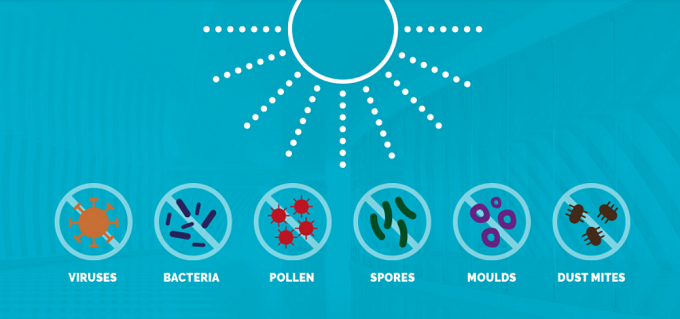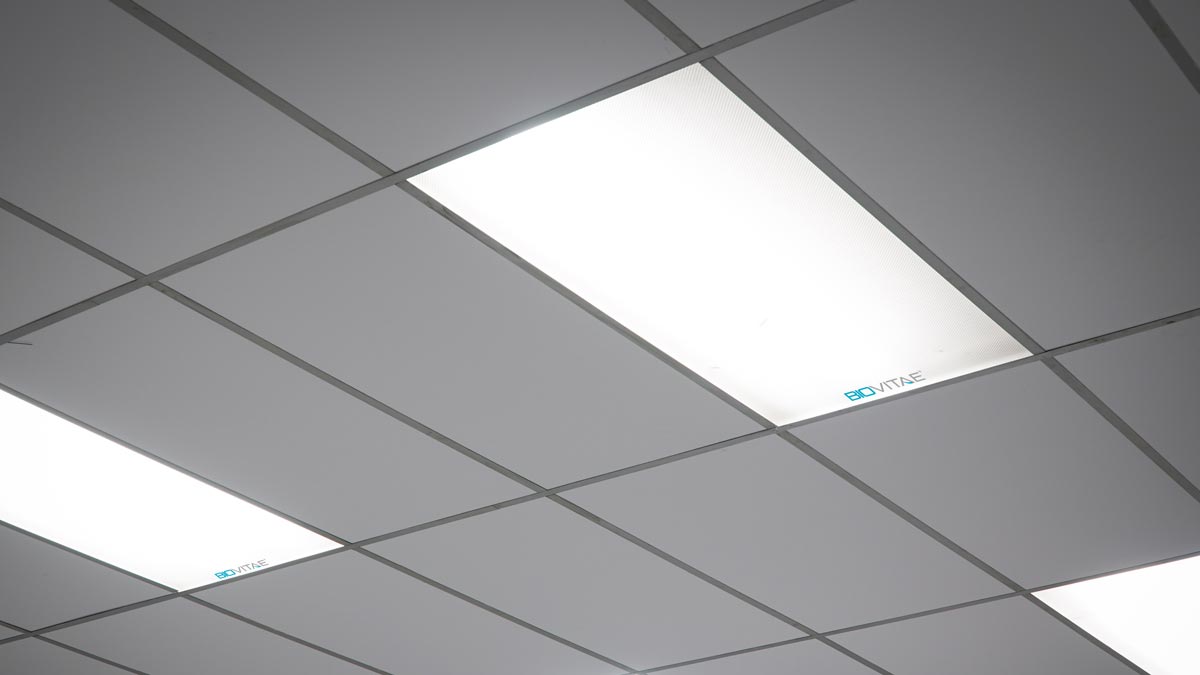Nextsense and Molex have entered into an agreement to jointly develop complete disinfectant lighting systems based on Nextsense's Biovitae technology and the Molex CoreSync smart building platform.
Nextsense will join the Molex CoreSync ecosystem, which brings together a variety of companies providing networking services in commercial buildings. Through the combined experience and innovation, this association of companies has developed seamless system integration solutions that deliver efficiency, improved performance, and real-time data monitoring for building owners, managers and residents.
The aim of this collaboration is to integrate the latest Biovitae disinfectant lighting technology into the low-energy Molex CoreSync smart building system (Power over Ethernet).
Due to the COVID-19 pandemic, disinfection and sanitation control has become incredibly popular, and the use of BIOVITAE technology can be a suitable solution for many customers. The integration of BIOVITAE into the Molex CoreSync platform provides a wide range of capabilities for building management systems, including passive and adaptive disinfection, energy conservation, infrastructure management, facility management, comfort and productivity, safety and lighting for users of protected facilities.
BIOVITAE is a patented UV-free disinfectant lighting technology that disinfects surfaces and environments from all known bacteria and viruses, while providing natural white light. Tests carried out by the scientific department of the Celio military clinic in Rome and military laboratories in Germany and Sweden have shown that the multi-frequency peak of BIOVITAE destroys 99.8% of SARS-CoV-2 viruses, causing irreversible structural damage to exposed microorganisms.
The light produced by Biovitae® does not flicker (flicker free function) and therefore does not pose a danger to people suffering from neurological diseases. Biovitae® complies with Directive 2011/65 / EU (RoHS 2) of 08.06.2011, which restricts the use of lead (Pb), mercury (Hg), cadmium (Cd), hexavalent chromium (Cr6 +), polybrominated biphenyls (PBB) and polybrominated definyl ethers (PBDE) in the manufacture of electrical and electronic equipment marketed in the European Union.






